House of entertaining sciences, who died in the blockade
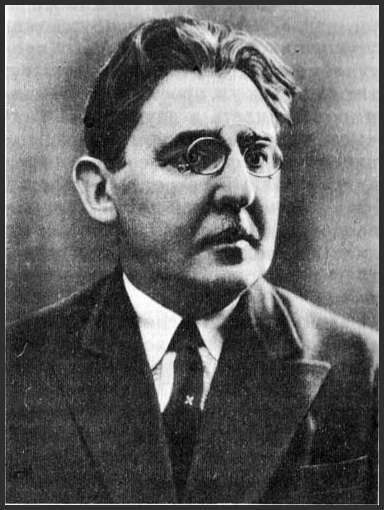
There is a version that the idea of creating such an unusual museum came to Perelman in 1925, when he appeared in court as an expert. Considered the case driver locomotive Mikryukov: he knocked down a cow, which accidentally wandered into the railway embankment. The driver claimed that he had done everything for emergency braking, but the train for an unknown reason drove significantly more than the intended stopping distance. They did not believe Mikryukov, believed that he had made unpardonable negligence and now gives false testimony. And then the word was given to Perelman. He put a board with billiard balls on the judge's table - a kind of layout for a freight train. Perelman proved that during the formation of the train the load was incorrectly distributed, concentrating it in the tail, and therefore the braking slowed down. “We must not judge Mikryukov, but Newton’s second law!” Said Perelman. The experience was so clear and convincing that the accusation was unanimously withdrawn at that very moment.
This is how Yakov Isidorovich wrote about the museum: “Not everyone is able to find in the old new things, and not everyone is inclined to think deeply about what is constantly happening before his eyes. In order to draw attention to such ordinary phenomena, it is necessary to show them new, unexpected sides. Such a method of promoting scientific knowledge and was the basis of a kind of educational institutions - House of entertaining science ... "
The House was located in the former palace of Count Sheremetyevo, a large beautiful building that for six years became a source of wonders for children and adults (although the museum was located in the pavilion on Elagin Island of the Central Culture Park for the first few months). The museum opened its doors in the summer of 1934. At first there were about two dozen exhibits. But in the fall of 1935, more than three hundred and fifty, and soon more than five hundred.
"Distant countries, a vanished forest
And the depths of frosty Siberia
You will be shown in the House of Wonders,
Fontanka, thirty-four! ”-
read a bright poster. And next is another:
"When midnight comes to Honolulu,
It is midday in Leningrad.
At this hour in Leningrad,
Fontanka, 34,
Doors open daily
Houses of entertaining science,
In which you will be told
About time, about earth, about heaven,
About numbers. About color, about sound
And about many other things. ”
And from the grille - a wide white stripe. Own meridian!
The first, where the tourists came, was the waiting room and scientific initiative. "Touch, please, as much as you like!" - read the inscriptions on the exhibits and installations.
Visitors were greeted by a wonderful mirror. Closer to him, and you see someone else's mustached face. Here is a simple law in action: the angle of incidence equals the angle of reflection.
In a glass beaker, tied with a rubber film, the devil-diver moved in the water. In the small binoculars offered to look at their feet. At the same time - about a miracle! - It was worth trying to take a step with one foot, the second immediately rose itself.
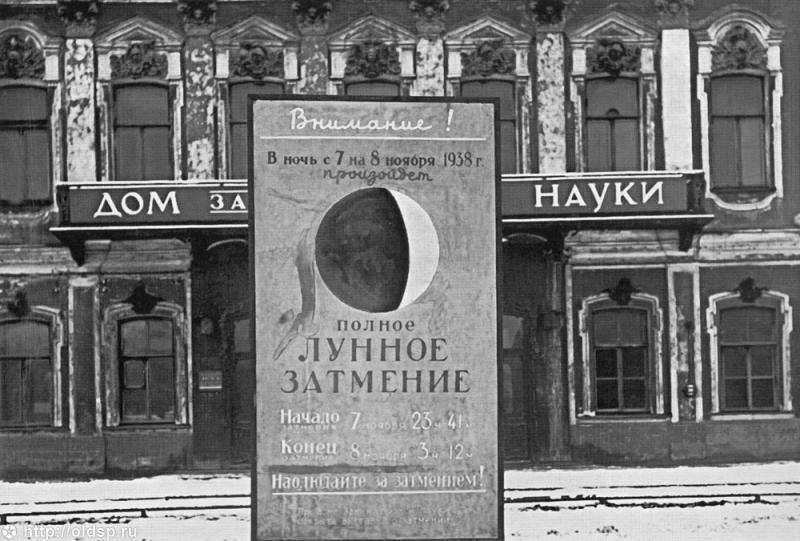
In the astronomy hall, visitors made almost a real flight in the spacecraft mockup (designed by KE Tsiolkovsky). In one of the spaceship compartments were ... fresh vegetables. Tsiolkovsky believed that every spacecraft should have its own vegetable garden, where vegetables and greens will begin to grow despite the absence of gravity. At the entrance to the spacecraft - a poster with poems Byron:
Newton's Road
Suffering eased heavy oppression;
Since then, many discoveries have been made.
And right we are to the moon someday
Thanks to the pairs, pave the way ...
The guys could compare the size of the planets of the solar system, but how unusual! For example, watermelon and millet grain - the Sun and the Earth.
Everyone was amazed at the huge (5,5 meters in diameter) artificial sky with planets and stars. In the garden in the summer worked "threepenny planetarium" - by the way, the first in Leningrad. Refractor presented Pulkovo Observatory to the House of Sciences. The circle of young astronomers also worked here. The guys watched moon mountains and craters, Saturn's rings, star clusters, nebulae.
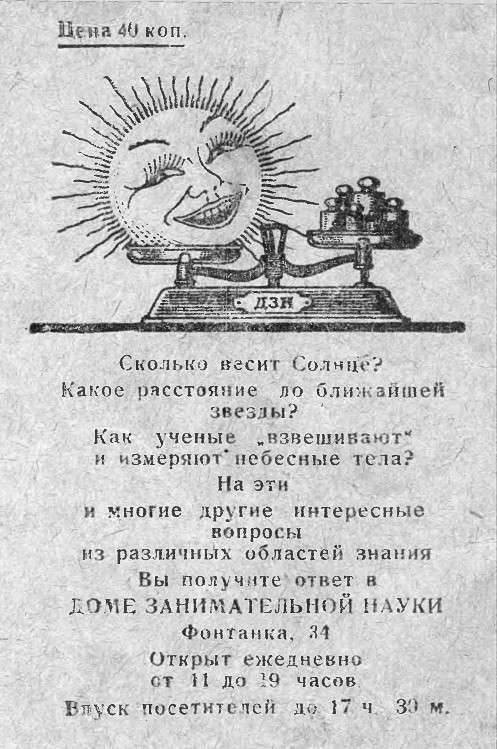
In the department of mathematics, the guests were met by ordinary trading scales, guessing the name of one of six conceived writers. An effigy of an owl with open wings using a light panel offered to make a three-digit number, then perform several arithmetic operations with it and reported the “secret” without error.
There were many tasks in verse. For example...
Broken into two batches
Monkeys were playing.
Part eighth of them squared
In the grove fun frolicked.
Screaming joyful twelve
Fresh air read out.
Together how much you will tell me
Monkeys in that grove was?
And the ceiling? Dark blue with yellow circles, it was a visual million. Everyone asked: how could the painters not get so tired of drawing and counting? And the case was arranged differently: Perelman ordered blue wallpaper with yellow peas. The order was clearly prescribed: 250 square meters would need to be pasted on, each with exactly four thousand peas. They made a cliché and printed it in a factory.
On the wall in the same hall hung a table “Millions in terms of the five-year plan”: how many meters of fabrics, pairs of shoes, hats are scheduled for release ... And another inscription: “From the beginning of our era to the opening of the House of Entertaining Science, not even one million days passed ".
The gypsum frieze of seven hundred and seven figures clearly represented the number “pi” (in those years it was the longest version of the number). On the stand - a poem in German. By the number of letters in each word, it was possible to recognize the number after the number of pi. So it turned out 25 signs after a comma. There was also a Russian version, however, he gave only ten characters: “He who knows and will soon wish pi to find out the number knows. In numbers this is: 3,1415826525.
Hall of geography. Here, a globe slowly rotated under the ceiling (diameter - 4 meters) - such a person would see our Earth as it rose into 45 thousands of kilometers into outer space.
Colored panels depicting what is happening in different parts of the world are mounted into the walls of the hall, when it is midday in Leningrad (remember the verses on the poster: "When it is midnight in Honolulu ..." Their author and author of the expositions of this hall is L.V. Assumption). One of the panels - "Evening on the Nile" - with a cunning. Here are mixed truth and lies. Canoes, birches, and orangutans on them, in the river - a crocodile, a hippopotamus and a walrus, on the shore - an ostrich, a tiger and a penguin. On the wall - a poster with poems. The old sailor tells the young about his journey through the "country where the winding Nile flows." It was suggested to guess what is true in the lines and what is fiction.
One could see the model of the Earth as it was represented in the old days, standing on elephants, turtles and whales. The map of the Kola Peninsula was called the “Treasure Peninsula Map”. It flashed with multi-colored lights - then sparkled deposits of iron, nickel, apatite.
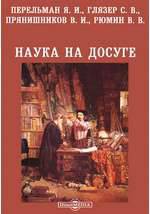 Remarkable in its wit task in layouts - "Bridges of Leningrad." Here the guests presented a part of the city with seventeen bridges. It was necessary to go through all, but at the same time nowhere to happen again. Only the one who knew the geometric rule for drawing broken lines with one continuous line coped with the task.
Remarkable in its wit task in layouts - "Bridges of Leningrad." Here the guests presented a part of the city with seventeen bridges. It was necessary to go through all, but at the same time nowhere to happen again. Only the one who knew the geometric rule for drawing broken lines with one continuous line coped with the task.Or an unusual exhibition about the geological past of the Leningrad region. The excursionists sat down at the piano chairs, turned out the lights in the hall. Alternately, the dioramas flared on the walls, the chairs turned in this direction. It turned out a kind of journey in a time machine.
Hall of Physics. Parabolic mirrors stood at different ends of this room. If you say a phrase in a whisper about one of them, it will sound very intense in the focus of the second. Lit about one match - in the focus of another, it will catch fire itself.
“Drink to your health!” Read the inscription on the plate above a small fountain. But lean over it - and the jet runs out. A falling shadow obscured the beam of light falling on the photocell. And it was he who set the faucet in motion.
The guide offered to put needles in a glass with water so that it floated. Nothing worked - the needles sank. But you rub them between your fingers - and everything is in order. As a clue there was a large photograph of a water meter and a picture in which the sailors, caught by the storm, poured oil overboard, trying to cope with the elements.
The most famous problem that is heavier: a kilogram of lead or fluff, was born in Perelman. The genius popularizer of science knew that people often confused the concepts of weight and mass.
The panel depicted the heroes of the famous Krylov's fable: the swan, the crab and the pike. According to her, "things are there." But Perelman convincingly argued that this simply can not be, because Ivan Andreevich did not take into account the force of gravity.
The optical wonders room completed the tour of this room. The guys and adults stood in front of the screen, saw their shadow. They moved away from the screen, and the shadow seemed to stick to it. The portrait of a girl in the world, depending on the light, sometimes cried, then smiled. The guide changed the color of the lamp - and one picture turned into another, completely different from the first. Changed their color and chairs: they were green with divorces, then red ...
***
And now - about the authors of this wonderful museum. The first, of course, Perelman - ideological inspirer, "soul." He, it seemed, never tired, and along with his concerns for the museum, he managed to publish his famous books and even respond to correspondence, which came in tons. (Perelman gave his home address in the books). When the Great Patriotic War began, Jacob Isidorovich, due to his age, could not go to the front.
29 June 1941, the museum was closed, but the "unlearned scientist" did not leave his educational activities. He read lecture instructions on the preparation of military intelligence officers. Developed several themes for orienteering in unfamiliar terrain in any weather, without using any technical means. To read these lectures to people, he had to walk, and sometimes very far. Sometimes, on the way, I found the bombing, and then Perelman lectured right in the bomb shelter - to those who were there at that moment. When the forces were completely exhausted, Yakov Isidorovich advised people by telephone, but in early January 1942, a shell explosion smashed a street telephone cabinet. And 16 March, 1942, Perelman died of exhaustion ...
Director of the museum, Viktor Alekseevich Kamsky, a former army political worker, philosopher by education (he worked at the Leningrad plant of visual agitation and propaganda). It was to him that Jacob Isidorovich came when the creation of the House was only a dream. Viktor Alekseevich picked up the idea "from a raid." A talented financier, a rare organizer, he did not appreciate the distances when it was really a question of finding. So, once Viktor Alekseevich someone told that an old man lives on the outskirts of Leningrad, who has a wooden clock. Kama traveled the whole city, but found the old man.
In the early days of the war, Kamsky became a volunteer. He served on the Volkhov front, died in March 1942 of the year.
Lev V. Uspensky - linguist, philologist, essayist, translator, inventor of funny poems and posters. He led guided tours in the geography hall — though not all six years of the museum’s existence, since he became head of the scientific and educational department of the Koster magazine.
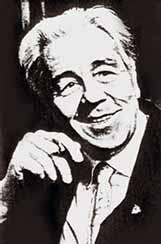 But, by his own admission, "he left the house no further than a couple of kilometers", he always helped with advice and deed. Lev Vasilievich also volunteered for the war, with the rank of quartermaster of the third rank fleet got a referral to Kronstadt coastal posts. He worked as a war correspondent. In January 1943 he was sent to the right bank of the Neva, he was a member of the breakthrough of the blockade. Ouspensky went through the whole war, returned to Leningrad and published his most famous book, “The Word About Words,” fragments of which, fortunately, are still used in Russian language textbooks (she met and rejoiced herself).
But, by his own admission, "he left the house no further than a couple of kilometers", he always helped with advice and deed. Lev Vasilievich also volunteered for the war, with the rank of quartermaster of the third rank fleet got a referral to Kronstadt coastal posts. He worked as a war correspondent. In January 1943 he was sent to the right bank of the Neva, he was a member of the breakthrough of the blockade. Ouspensky went through the whole war, returned to Leningrad and published his most famous book, “The Word About Words,” fragments of which, fortunately, are still used in Russian language textbooks (she met and rejoiced herself).Vasily Iosifovich Pryanishnikov - astronomer, professor, popularizer of entertaining geography and cosmogony, teacher of the Leningrad Higher Naval School, lieutenant colonel. His book “Entertaining World Studies” liked KE Tsiolkovsky so much that he wrote Pryanishnikov a letter: “Dear friend! I will never forget your services on the dissemination of the ideas of star navigation ... ”by the beginning of the war he was fifty years old. But Vasily Iosifovich nevertheless went to the front and went through the whole war. Post-war years he devoted to pedagogical and methodical work, wrote scientific and entertaining articles, brochures, books for children and adults.
Alexander Yakovlevich Malkov - the main artist of the House of Entertaining Sciences. When the museum was being created, Alexander Yakovlevich entered the building in which visitors of the Arctic Research Institute were located. He, having carefully studied the materials on future exhibits, became in every hall, examined, was silent for a few minutes, and then declared: “This is geography! This is physics! ”Visitors looked around in amazement, not understanding anything.
Alexander Yakovlevich also volunteered in the first days of the war. Stay alive.
Oh, how many wonders today were in the House of Entertaining Sciences ...
Information